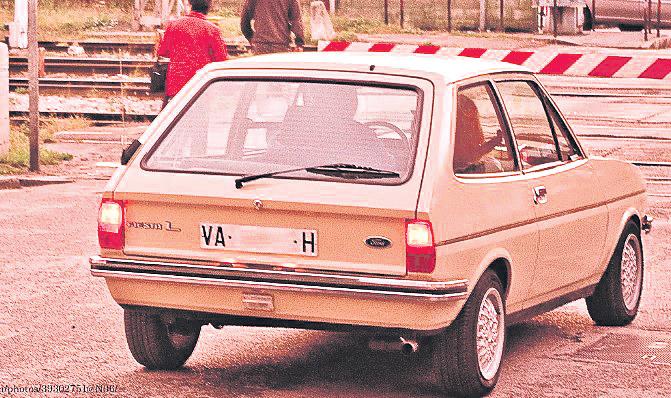
1 minute read
End of an era as production ceases on iconic Ford Fiesta
WITH the spectre of electric cars hanging over it, a decision has been made to cease the production of the classic Ford Fiesta at the Almussafes plant in Valencia. Henry Ford II decided back in the 1970s that he wanted to locate one of his factories on Spanish soil. As a result, a carmanufacturing plant was constructed in the Ribera Baixa region of the Valencian Community.
A previous facility in Barcelona had closed down in 1930, but Almussafes became the new location for the multinational. Mass production commenced at the factory on October 18, 1976.
The world was first introduced to the small but trusty Ford Fiesta in 1973, just after the oil crisis. Ford believed that there was a hole in the European automobile market for a small, manageable car.
It is said that Henry Ford II was the person who personally christened his new car after various names had been thrown around for it.
At the time, their engines were quite a revolution, marketed as a 957 cubic centimetre petrol engine with 40 CV in the normal version and 45 CV in the luxury version. It was also Ford’s first frontwheel drive car.
One of the most exclu sive versions of the Fiesta was the 1.1 litre with 53 CV. Some of the most significant features of this first version were the fourspeed manual gearbox, MacPherson suspension, front disc brakes, and rear drum.
The brand has lasted five decades, but now, at the end of this month, production of the iconic Fiesta will stop, at least at the Spanish plant, as reported by a local news source.









